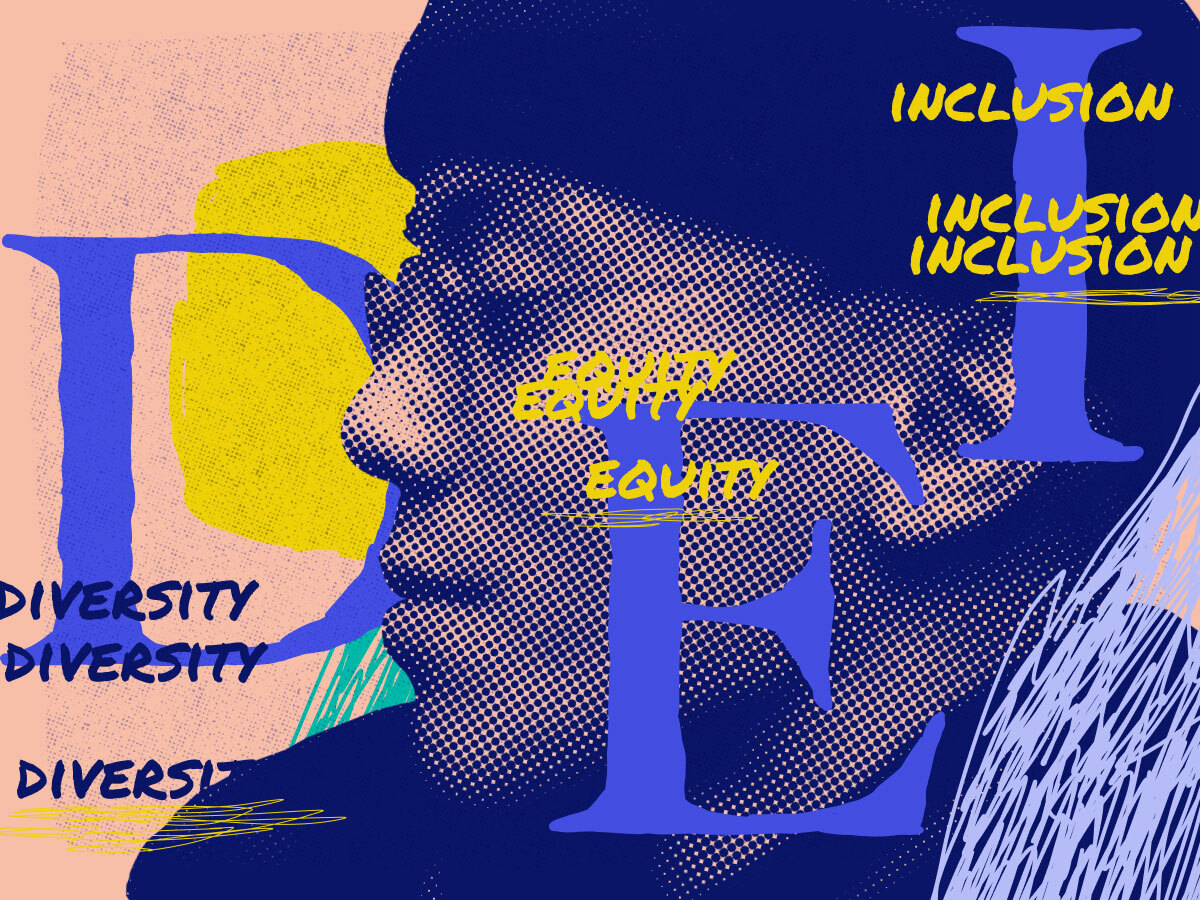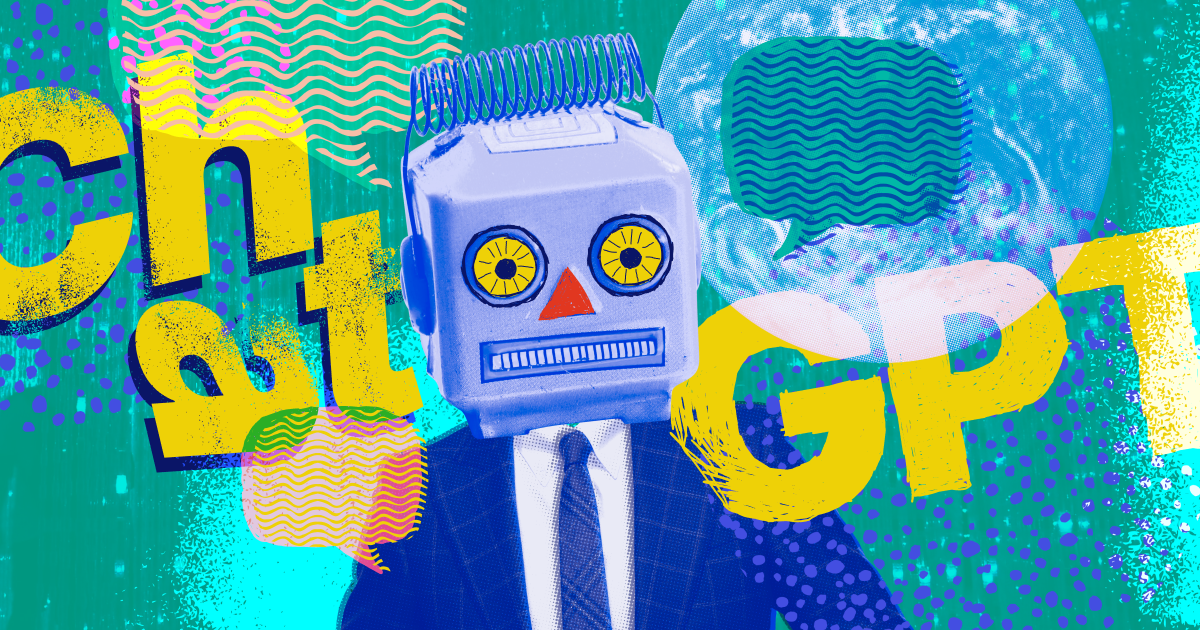In some ways, we’ve been taught from a young age not to bring our authentic selves to work with us. You wake up in the morning, put on your business attire, and slip into your business personality. In recent years, the shift to working from home as the norm has had a major impact on authenticity in the workplace. After all, it’s harder to hide who you are when your partner is strolling by in the background of a Zoom call, or your CEO can see the pile of messy clothes in the corner. Moreover, after the murder of George Floyd and corporate America’s $50 billion dollar pledge towards racial justice causes, it’s becoming the norm for companies to take a stand on political and social issues through their marketing communications and speak up on causes they’re aligned with. We’re all getting a little more comfortable with the increasingly blurred lines between work and self.
There’s something to be said about bringing that authenticity into every part of your life, including your work. Authenticity can support a genuine connection that better reflects common core values on a human level. One key to selling a technology business — whether to a future or current employee, or to an affiliate partner through PartnerStack’s Marketplace — is to find out what brings value to your target audience. Upholding similar core values as an employee or as a company can help to attract the best and brightest talent and encourage sales from other businesses with similar company values. It signals an alignment of core beliefs and empathy towards the human experience. It also can increase employee satisfaction and lead to better retention.
However, companies need to do more than simply virtue signalling. Living up to their promises through internal policy and taking a close look at how they’re conducting business – from practices in developing AI technology, to the services provided to employees, to providing the education needed to roll out DEI programming – is critical. We spoke with Dr. Sarah Saska, CEO of Feminuity, about why authenticity is key to supporting DEI initiatives in tech that go beyond performative action.
You may also like: Marketing vs sales: everything you need to know in 2022.

What does DEI mean in the workplace?
DEI (an acronym for diversity, equity and inclusion) refers to the workplace initiatives and trainings that support the representation of different groups within a workplace. These groups can representdiverse groups of people based on race and ethnicity, sexual and gender orientation, differently abled bodies, age, religion, and more. Dr. Saska describes the practice as “bringing social justice into capitalist systems like the workplace. It’s about how to make organizations more ethical, more accountable, and more just-oriented at a fundamental level.”
Why are DEI initiatives important, specifically in tech?
Diversity in any workforce is a good thing; bringing together folks from different backgrounds can lead to more innovative ideas, which is especially important in emerging technology fields. But Dr. Saska believes that those working in technology should be focused on more than just recruitment when it comes to DEI initiatives. “What’s more fundamental is that tech companies are focused on everything under the hood, rather than that external piece about recruitment.” She encourages companies to focus on ensuring that policies, programs, and processes are designed using leading-edge inclusivity and equity-focused frames in order to retain employees.
Here's what it costs when employees aren’t supported through DEI
A study from the Kapor Center for Social Impact found that employee turnover costs the tech industry, on average, more than $16 billion each year. The largest driver for that turnover? Unfair treatment, specifically of underrepresented groups, was cited as the most frequent reason for voluntarily leaving a job in tech, reported among 37% of respondents. “It’s really expensive to be focused on recruitment and bring people in without having environments that are safe enough,” Dr. Saska tells us. “We fundamentally want a diverse group of people shaping and designing the future of technology, no question. But not at the cost of bringing people into environments that are not safe enough.”
What are some areas that technology fields are doing well in terms of DEI?
While there’s certainly room for improvement, Dr. Saska has seen areas where great strides have been made to implement diversity and inclusion practices into tech. One that she highlights is data collection and the inclusion of DEI-sentiment-related questions as well as demographic-based questions to better speak to diverse sets of identities. Data collection has become more holistic and intersectional, which better represents the diverse identities of those in the workforce. More choices for how to identify oneself and the ability to opt out in terms of self-identification in data collection have made it a more inclusive and representative practice.
What is the next big improvement needed in tech when it comes to DEI?
While data collection has shown promising signs in terms of more inclusivity — the ethics and accountability for data collection is an area Dr. Saska would like to see improve. Some might be surprised to count data collection under DEI at all, but the ethics of feeding data sets and the collection of those data sets requires a code of ethics and accountability to ensure users aren’t marginalized through data collection.
How can technology companies better support DEI initiatives through their product?
For anyone working in tech, and specifically in B2B SaaS, Dr. Saska advises to start by looking at your product or service to:
- Ensure that product or service is accessible
- Ensure that the product meets the needs of a diverse audience from a tech perspective
- Ensure that the technology is ethical and the organization is accountable
How can technology companies better support DEI initiatives in their practices??
In the same Kapor study, three main recommendations are made for how companies can better support DEI and eliminate biases in the workplace. At a high level, companies should:
- Implement comprehensive DEI strategies
- Create a safe and inclusive culture for employees
- Develop management processes to eliminate bias
You might also like: How to promote your programs and recruit the right partners.

For companies developing programs for an inclusive workplace, Dr. Saska recommends leaning into authenticity. Before a company invests in marketing communications, their management team should consider if it’s real and authentic to the experience their own employees have working for that company. “If what you’re saying to the public is different [from an employee’s] user experience, you’re going to frustrate them.” Her advice for companies is to support their people first and foremost through culture in the workplace. Looking under the hood and first addressing issues, specifically for employees impacted by a current or world event that impacts specific communities, will help related messaging to feel authentic. Employees can tell when the messaging and the culture don’t match up (for example, obvious attempts at rainbow washing), so efforts to create an inclusive and safe environment must be genuine.
Dr. Saska goes on to note that it is also key to provide the proper training and resources needed to ensure that inclusion initiatives are rolled out with the education needed to ensure their success. Providing a robust strategy offering structure, accountability, tools to support possible mistakes, and opportunities for growth can help ensure the success of any new DEI tool or practice.
Finally, she notes that one recommendation she makes is that, while DEI training and programs should be highly encouraged within an organization, mandating them can also come with its own set of problems. For example, let’s consider mandating the use of pronouns in company email signatures. Employees would need proper education on the nuances of pronouns across different cultures and training on what to do if they have misgendered someone in the workplace. Mandating pronouns of an employee who may use different pronouns in their personal life than they’re comfortable with in a business environment would need to be considered too. These are just a few examples of the many considerations that need to be made when a DEI practice is mandated.
Instead, Dr. Saska recommends encouraging inclusivity and leading by example. “It’s a good point to encourage allyship and practice around it, with the hope that with enough role modelling that it encourages [that person] … That would be the beautiful goal of it.” For more resources on how to effectively implement diversity efforts, check out Feminuity’s online resource centre.
Learn more about effective partnerships with our Ultimate Partnership Checklist.









.jpg)

